Three Simple Secrets of High-Performing Pro Teams
Next time you’re standing at the gate waiting to get on a flight, watch when the crew shows up. Watch how they interact with each other. Do they laugh? Do they ask questions they don’t know the answer to? Does it sound like they are listening well to one another? Or do they ask questions out loud – to no one in particular – and answer themselves?
They are all pros, and they work at the same airline, but there’s a very good chance they have never met each other. Yet, it turns out that how these professionals interact in the first few minutes will tell you a lot about how effective as a team they are going to be up in the sky shortly.
Mary Waller, a researcher at York University in Toronto, has been studying something she and her colleagues call “swift-starting expert teams.” Swift-starting teams of experts are everywhere – TV news crews, Emergency response teams, event organizers.
These are teams comprised of highly-specialized professionals who assemble for a specific job or task, and often have little or no prior interaction with each other.
Specifically members of swift-forming experts teams:
- Are competent and familiar with complex work environments
- Work quickly under situations of time pressure
- Have a stable role on the team but ad hoc team membership
- Have complex, interdependent tasks that rely on interactions with teammates
“The first 15 minutes of interaction predicted the entire flight performance.”
– Mary Waller
It turns out that how they interact with one another during just the first 15-20 minutes is highly predictive of how they will perform as a team for the entire duration of the job. The reason is that interaction patterns established early in these relationships usually persist throughout the operation.
Waller and her colleagues tracked each piece of dialogue uttered and identified the patterns in which they develop. For example, “Input the coordinates” is a command. “We have good weather today” is an observation. “Maybe we should ask tower control” is a suggestion and “What should our heading be?” is an inquiry. They categorized communication to include disagreement, humor, anger, small-talk, etc.
Secret #1: Simple and Consistent
What they discovered is that patterns of interaction often emerge quickly and persist throughout the relationship. And the highest-performing teams established patterns that were simple, consistent, reciprocal and balanced with one another. The lowest-performing teams had greater variety of conversational patterns, more unique communication patterns, and members who showed a lack of reliance on other team members.
Secret #2: Short and Targeted
While big locker room pep-talks or command-center speeches look good on television, they aren’t terribly effective in driving team excellence. The most effective teams kept their communication short, precise and targeted to a specific task or job sequence.
Secret #3: Balanced
In the study, the researchers measured what they called “reciprocity.” That is, to what extent the team members relied on each other and balanced the participation of communication. For example, if a team member showed “mono-actor” behavior of asking and answering their own questions, it demonstrated they showed less reliance, and less reciprocity on other team members.
Here’s an interesting twist in the study. The researchers hypothesized that any “mono-acting” behavior (when someone asks and answers their own questions) would be on that part of the pilot currently in control. They thought that the person with command of the airplane would be the one offering the least reciprocity.
Nope, it was the PNF (pilot not flying), who lacked control of the plane who exhibited the greatest amount of mono-acting behavior – in other words, was the least team player.
The truth is we are all pros. Our jobs are likely specialized and specific to our own unique talents. And that trend is continuing. Increasingly, organizations are hiring specialists, and job tenure is shortening – meaning we are all working more and more in swift-starting expert teams.
Keep it simple, targeted, and balanced, and your team will soar.
- Join my Email updates for regular updates on leadership and life
- Learn more about my Speaking work
____________________________________________________
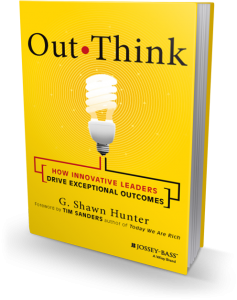
Twitter: @gshunter
Say hello: email@gshunter.com
Web: www.shawnhunter.com




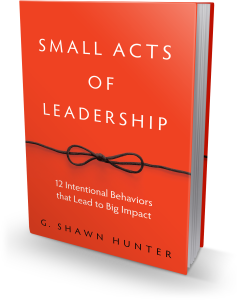 Our company
Our company 

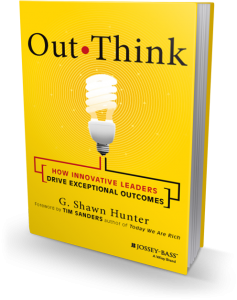

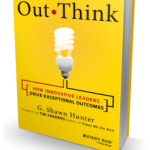

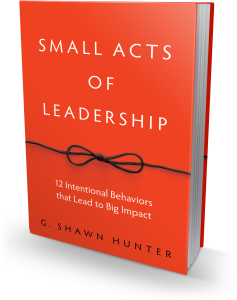 Shawn Hunter is President and Founder of
Shawn Hunter is President and Founder of